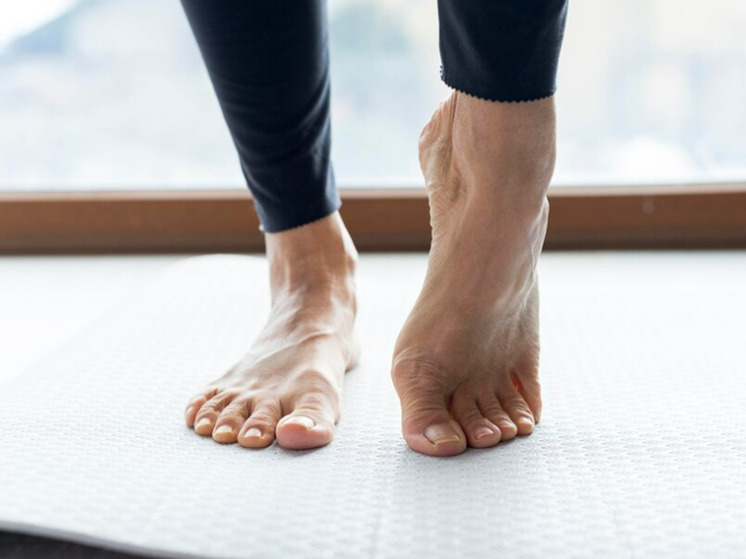Foot problems may indicate other serious conditions
If you've ever wondered what determines your foot size, Dr. Podiatric Medicine has the answers to take you into the future. “Lifestyle, including medical history, choice of shoes, level of physical activity and injury history all play a role in determining the size and shape of your feet,” says the expert.

Researchers from the United States answered questions about foot size that worried people. Sunshine Ankle Podiatric Medicine Doctor Timothy J. Miller told Fox News that there are several different factors that determine foot size. For example, “genetics does play a role in this.”
However, this “is not the only determining factor,” the expert added. He also explained that there are no specific traits that come from a particular parent regarding foot size, but the parents' foot size is a good indicator of what your foot size is expected to be.
According to the National Library of Medicine, science has yet to has not fully figured out exactly how and to what extent genes are transmitted from parents to child.
«Phenotype — it is the collection of your genes that determine your physical and mental traits, while your genetic makeup — these are specific traits that you inherit from each parent,” — Miller explained.
It is noted that the phenotype — this is the expression of the parents' genes. This is why a person can resemble one parent more than the other, even if the genotype is divided equally.
Genetics aside, scientists have found that people who walk mostly barefoot tend to have larger feet from -for adaptation. The same will happen to them due to their medical history: diseases related to the muscles, tendons and ligaments can cause the feet to become larger or smaller.
“Fractures and dislocations can change the shape of bones and joints, causing your feet to take on a different shape and size,” — notes Miller, MD.
In addition, the foot can change due to weight throughout life. It is believed that the more a person weighs, the more stress the feet, ankles and legs are exposed to. The legs can adapt along with the muscles, but there is a limit to everything, according to Miller.
«Your feet won't grow as quickly as they did when you were a child, but an increase in shoe size from 1/2 to a full size is typical,» — Miller explains the difference in shoe sizes.
The doctor of podiatric medicine also pointed out that men typically have longer feet due to higher levels of growth hormones and testosterone compared to women. He also reported that “women generally have wider feet due to adaptation to different shoes.”
In the modern world, people's feet have increased in size. Thirty years ago, the most popular shoe sizes for men and women were 43 and 38, respectively, Healthline reports. Today, the most common shoe sizes are 44 for men and 41 for women, according to the same publication.
Scientists link this to an increase in the number of overweight and obese people.
According to the clinic Cleveland, a doctor can detect conditions such as diabetes or circulation problems by examining the feet, or treat common problems such as corns, cracked skin and ingrown toenails.






















































Свежие комментарии